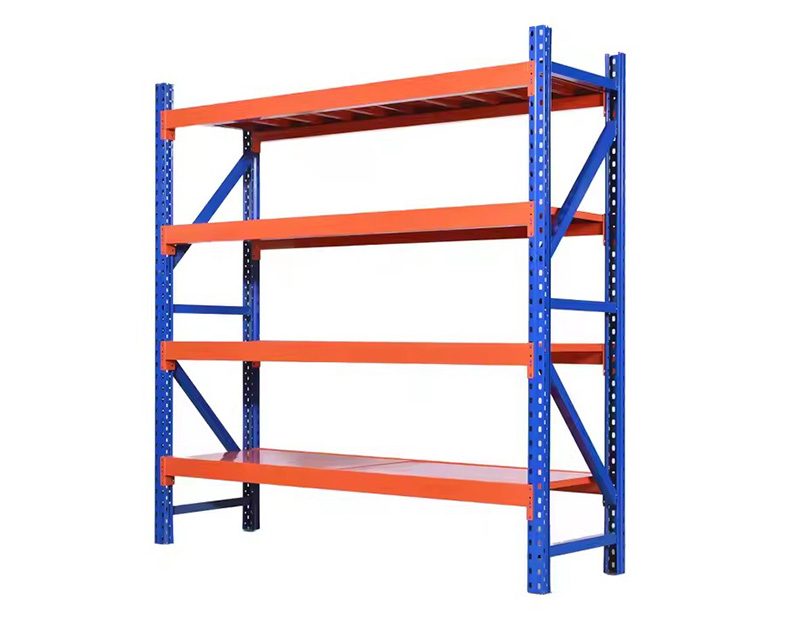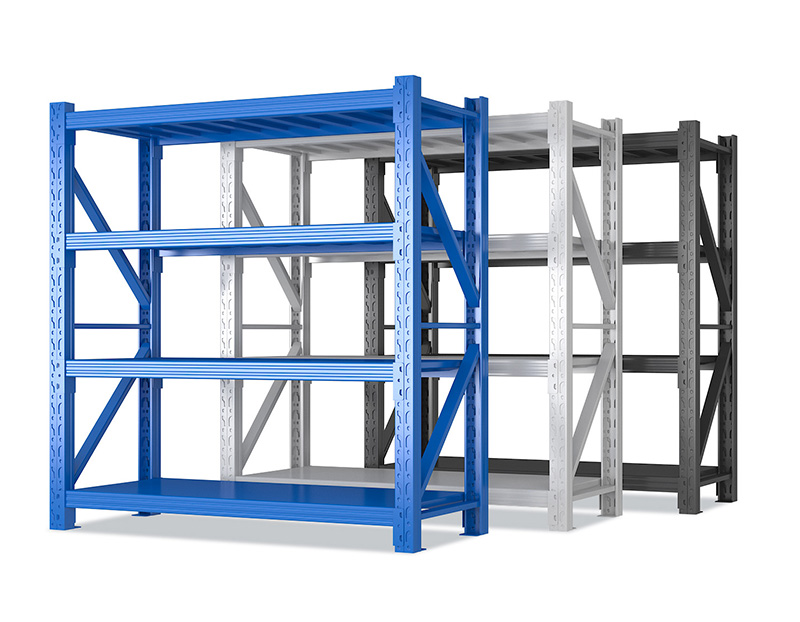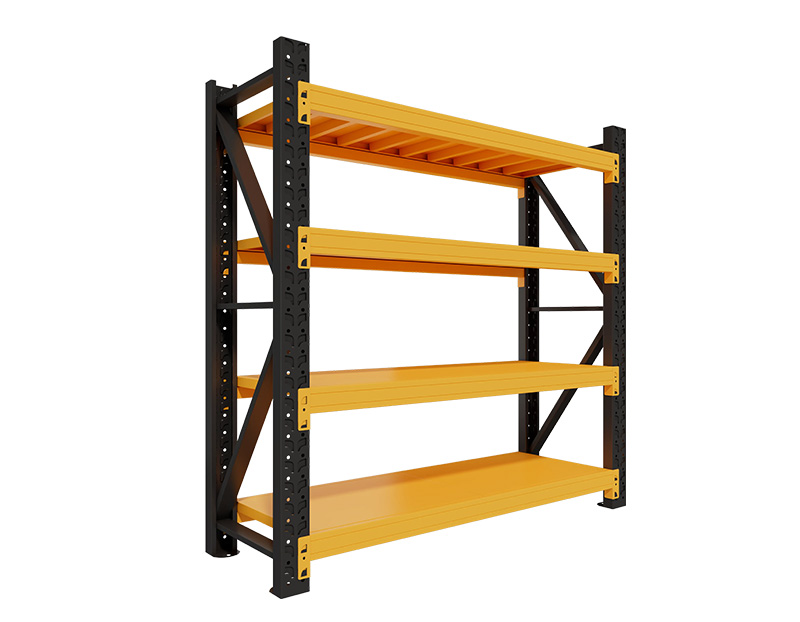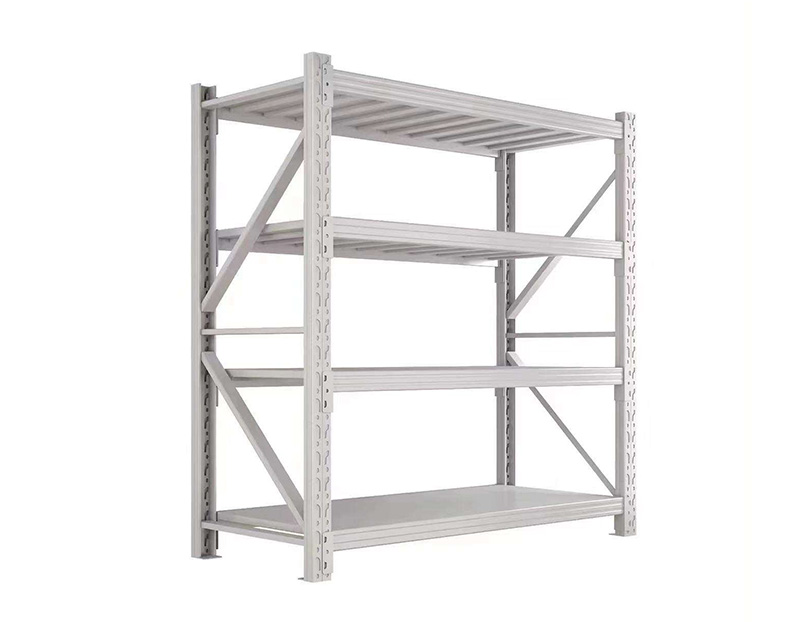Smart Storage Equipment Trends Transforming Warehousing
The warehousing industry is undergoing a profound transformation driven by the integration of smart storage equipment. As businesses seek to optimize inventory management, reduce operational costs, and improve accuracy, the adoption of intelligent storage solutions has become a critical competitive advantage.

One of the most significant trends is the rise of automated storage and retrieval systems (AS/RS). These systems use robotics, conveyors, and computerized controls to move goods efficiently within warehouses, minimizing human error and increasing throughput. AS/RS not only speeds up order fulfillment but also allows for higher density storage by utilizing vertical space more effectively.
Another breakthrough is the integration of Internet of Things (IoT) technology in storage equipment. Sensors embedded in shelves, pallets, and containers enable real-time tracking of inventory conditions such as temperature, humidity, and location. This level of visibility is particularly valuable for industries like pharmaceuticals, food, and electronics, where product integrity is paramount.
Smart shelving systems equipped with weight sensors and automated alerts help prevent overloading and notify managers when stock levels fall below thresholds. This proactive approach to inventory control reduces stockouts and overstock situations, leading to cost savings and improved customer satisfaction.
Mobile robotic systems and autonomous guided vehicles (AGVs) are also reshaping warehouse logistics. These intelligent machines navigate warehouse floors to transport goods between storage and shipping areas, reducing manual labor and enhancing safety. Their ability to work 24/7 without fatigue drastically increases operational efficiency.
Furthermore, cloud-based warehouse management software (WMS) integrates seamlessly with smart storage equipment to provide comprehensive data analytics and decision support. Managers can analyze trends, forecast demand, and optimize space allocation from any location, enabling agile and informed management.
Sustainability is another focus area, with smart storage systems designed to reduce energy consumption through efficient lighting, climate control, and material handling. By minimizing waste and optimizing resource use, warehouses not only cut costs but also meet growing environmental standards.
In conclusion, smart storage equipment is revolutionary warehousing by enabling automation, real-time monitoring, and data-driven decision-making. Embracing these trends allows businesses to enhance productivity, reduce errors, and stay ahead in an increasingly competitive market.
 Estanterías ligeras: las mejores ventajas para espacios de a
Estanterías ligeras: las mejores ventajas para espacios de a
 Estanterías medianas: perfecto equilibrio de resistencia y f
Estanterías medianas: perfecto equilibrio de resistencia y f
 Heavy Duty shelf: Ultimate Guide for Industrial warehouse (e
Heavy Duty shelf: Ultimate Guide for Industrial warehouse (e
 Tendencias en equipos de almacenamiento inteligentes que tra
Tendencias en equipos de almacenamiento inteligentes que tra
